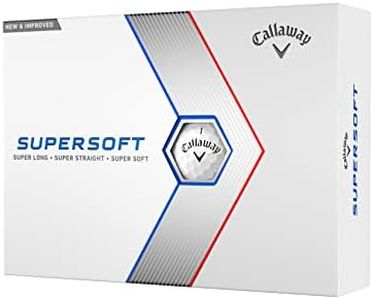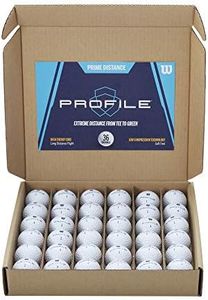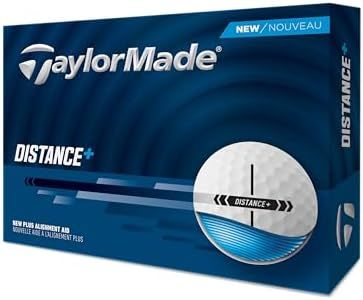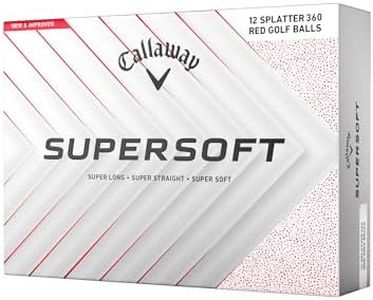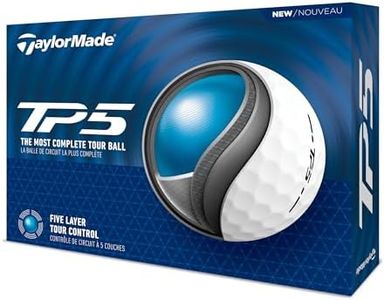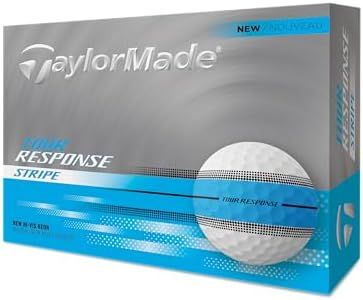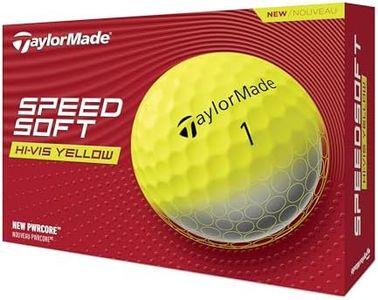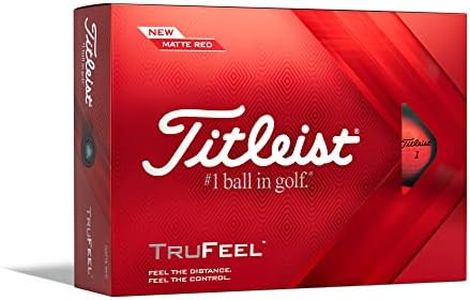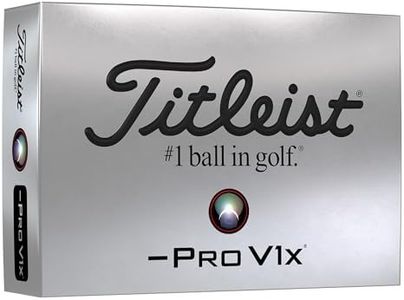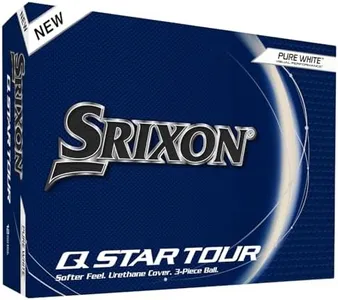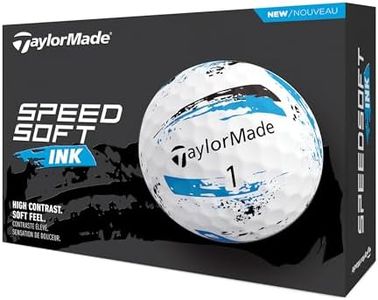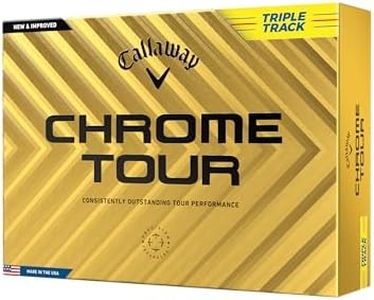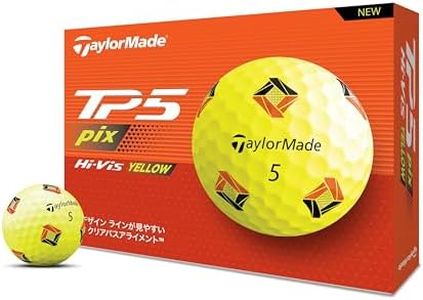We Use CookiesWe use cookies to enhance the security, performance,
functionality and for analytical and promotional activities. By continuing to browse this site you
are agreeing to our privacy policy
10 Best Golf Balls For High Handicappers
From leading brands and best sellers available on the web.Buying Guide for the Best Golf Balls For High Handicappers
Choosing the right golf ball as a high-handicapper can make the game more enjoyable and may even help you improve faster. The key is to focus on balls that are designed to make the game easier, forgiving mistakes, and giving you more control and distance. It's important to understand which features are most relevant to high-handicap players so you can pick a ball that aligns with your style, swing speed, and main challenges on the course.CompressionCompression refers to how much a golf ball deforms when it is struck. Lower compression balls are softer and require less force to compress, making them ideal for players with slower swing speeds—like many high-handicappers. Balls with higher compression are firmer and generally better suited to advanced players with faster swings. If you lack power in your swing, a lower compression ball can help you achieve more distance with less effort and feel better off the clubface.
SpinSpin determines how much the ball will curve in the air and how much it can stop on the green. For high-handicappers, lower spin golf balls are often preferable because they tend to fly straighter and reduce the chances of hooks and slices. High-spin balls are better for more skilled players looking for control around the green. If you struggle with accuracy and want to keep the ball closer to the fairway, prioritize low to mid-spin options.
Cover MaterialThe cover material, typically either Surlyn or urethane, affects both the feel and performance of the ball. Surlyn covers are more durable and provide less spin, making them a great choice for beginners and high-handicappers who need a forgiving experience and want balls to last longer. Urethane covers are softer and offer more spin, but are generally unnecessary for high-handicappers and are better suited for advanced players who value shot-stopping power near the green.
Number of Pieces (Construction)Golf balls are made up of various layers, generally ranging from two-piece to multi-layer (three or more). Two-piece balls, the simplest design, focus on durability and distance, which is perfect for high-handicappers as they are forgiving and cover more ground. Multi-layer balls provide more sophisticated control and spin, benefits that are mostly appreciated by lower-handicap or advanced players. If you are starting out or still working on consistency, two-piece balls will likely serve you best.
FeelFeel describes how the ball reacts and sounds at impact, both on long shots and around the green. Softer-feel balls can provide more comfort and feedback for high-handicappers, especially those with slower swings, and tend to be more enjoyable overall. If you are unsure, try different balls in practice to discover which feels best to you, as personal comfort can make a big difference in confidence and performance.
